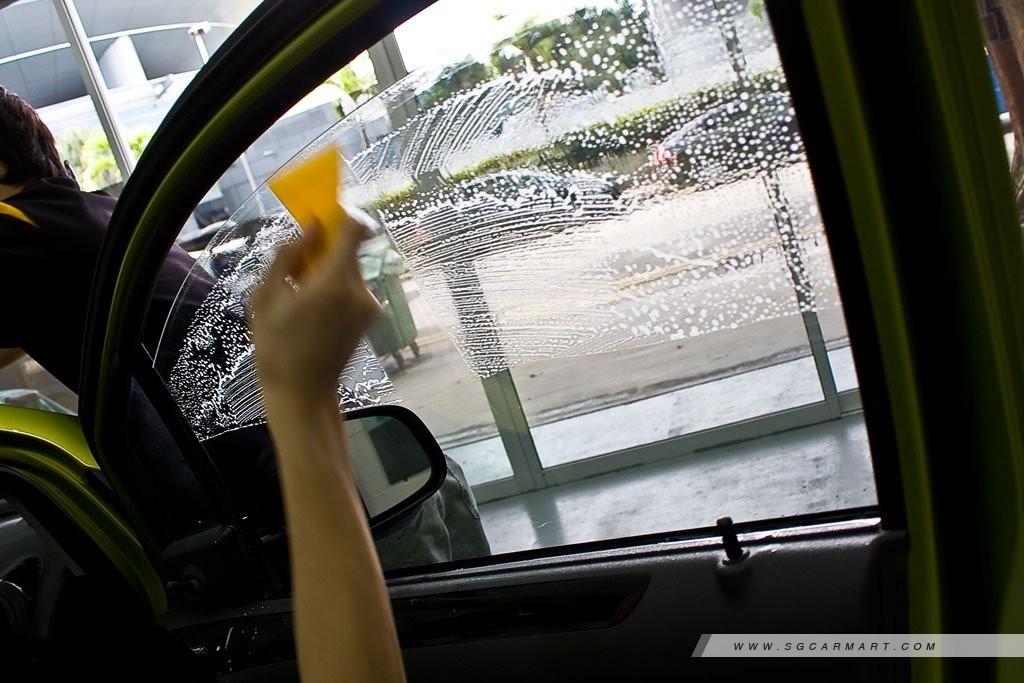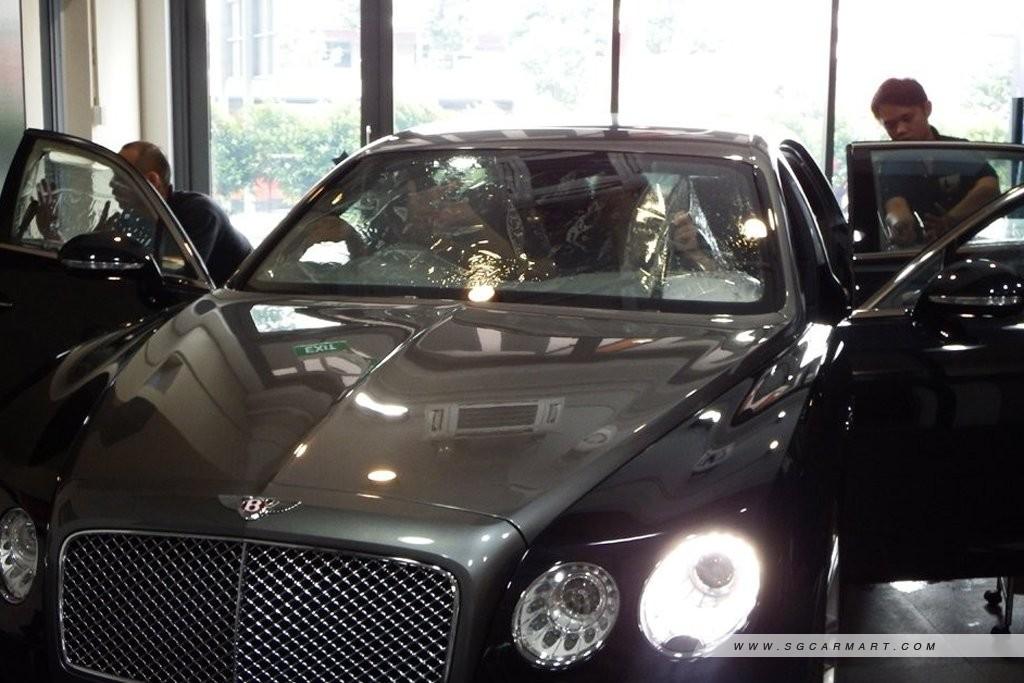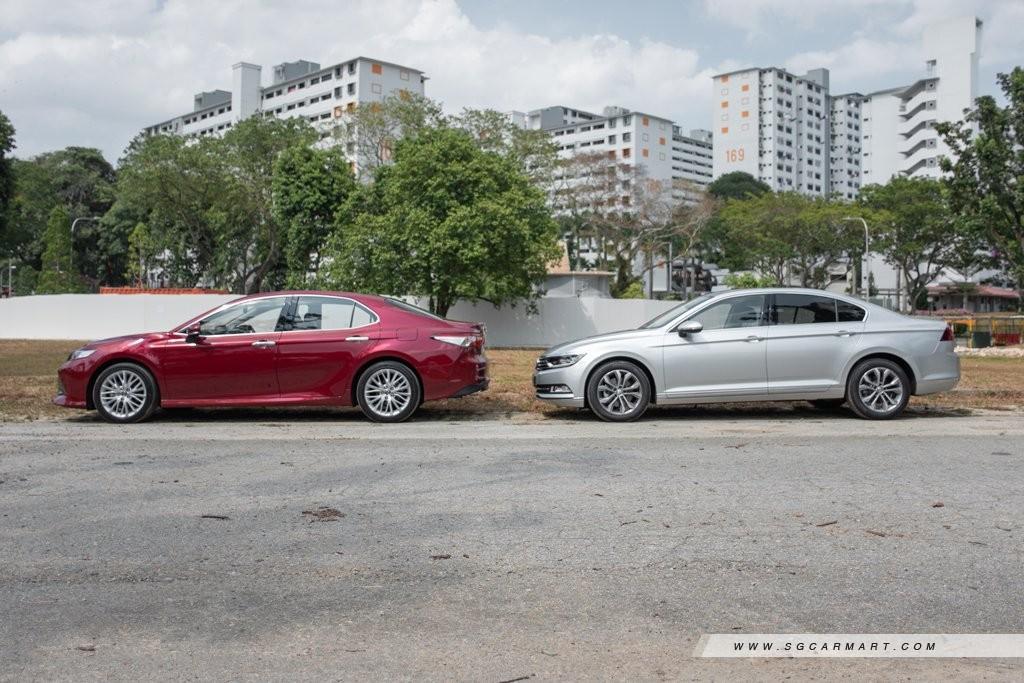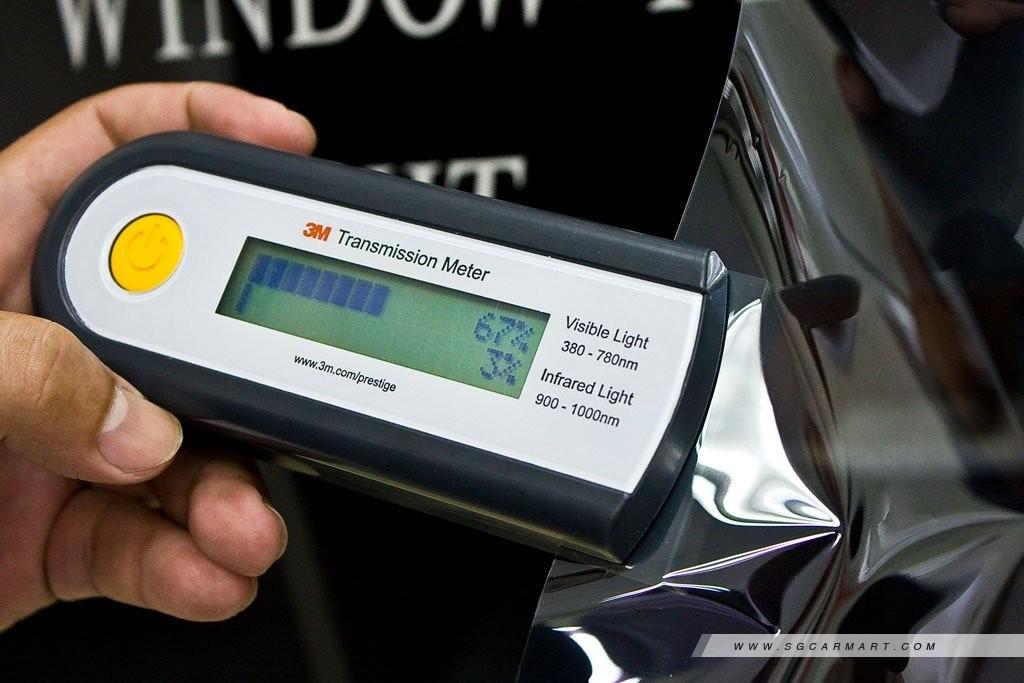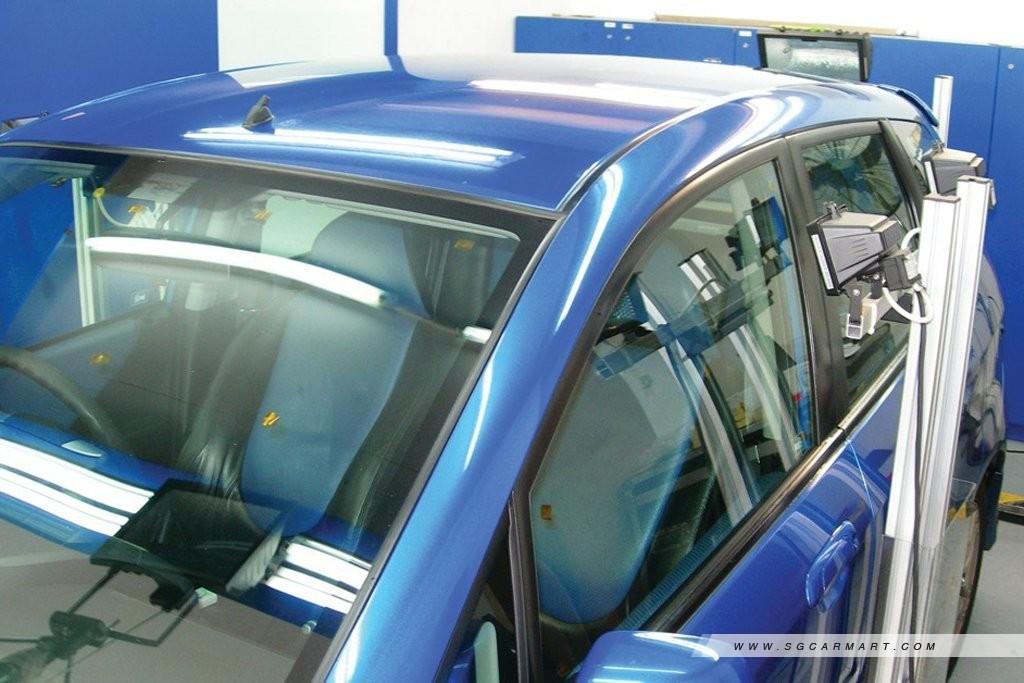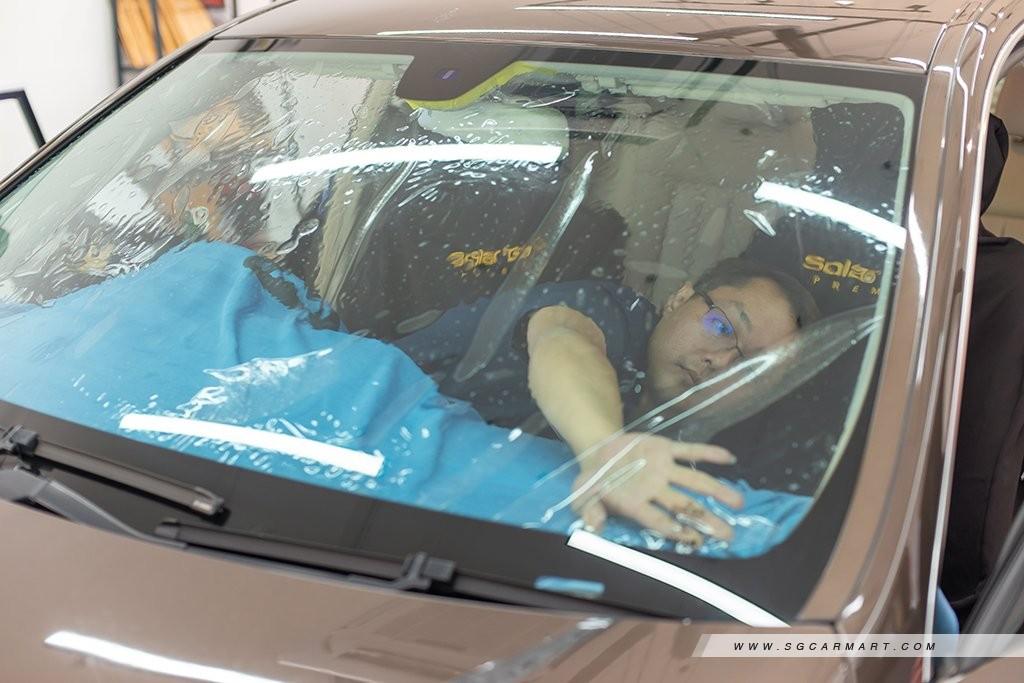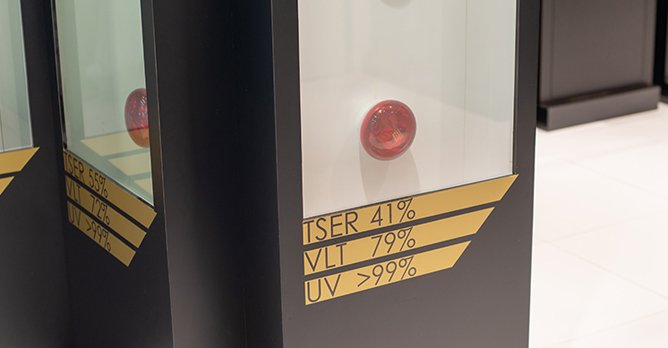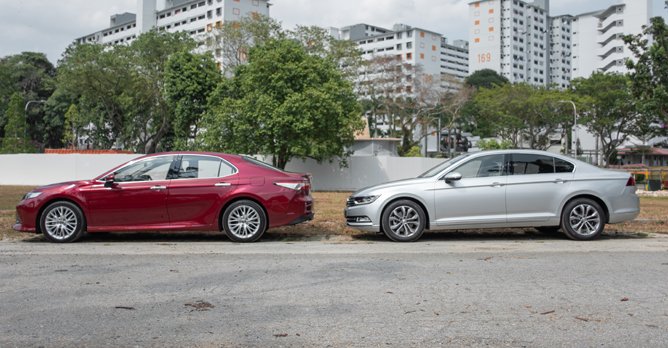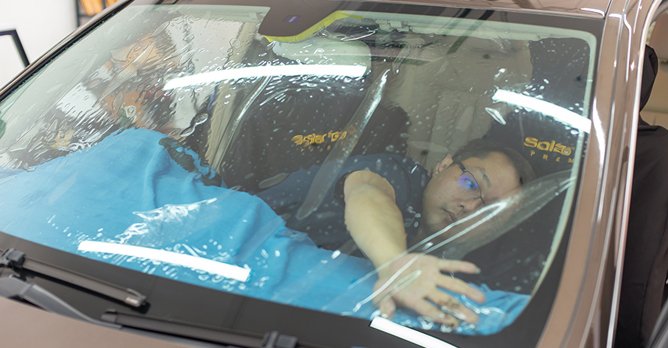The A to Z of solar films and why you need them
28 Mar 2019|29,352 views
Almost everyone knows what solar films are, "yeah, solar film, I know that, those thin plastic films to darken car windows and keep the sun out." But this is pretty much the extent of most people's knowledge on this amazing invention.
If you fit that description, no worries, this is the time for you to learn everything you should know about solar films and, hopefully, learn how to choose the right one for your car as well.
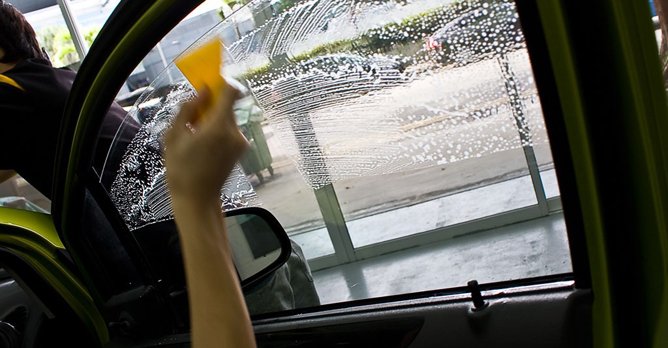
Long before solar films were invented, tinted glass panes were used for similar purposes. The first solar film was introduced in the early 1960s. These were simple dyed films which had the tendency to discolour and bubble in the sun, but unsurprisingly these crude films were also incapable of reflecting heat away.
In 1966, solar films with metallic coatings added to clear polyester were invented. This created films which were able to block harmful UV rays and heat. However, most of these films were simply clear films. Shortly after, In the late 1970s, dark tints became popular for privacy purposes. You can find them commonly used on limousines that plied the streets of the United States. While dark tints are great for privacy and some prefer the looks of them as well, they often hamper visibility.
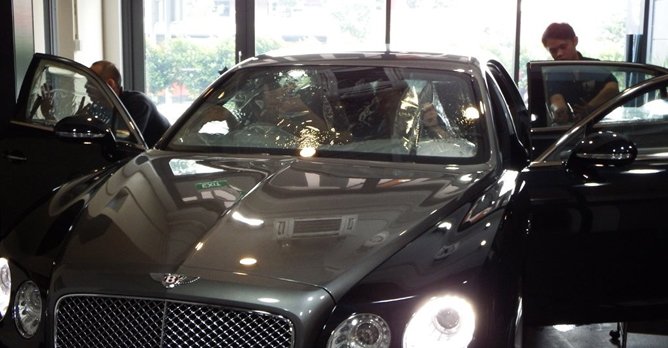
Such hybrid films are still utilised till date, with different companies coming up with their proprietary techniques and processes to further improve the films.
A more recent development are ceramic films which claims to offer even better performance than the hybrid films. As ceramic films do not contain metallic substances, they will not block out wireless signals.
How solar film works
Solar radiation is made up of three components, visible light, infrared (felt as heat) and the invisible ultraviolet rays. This means that keeping the heat out is not as simple as blocking out visible light, which is why darker films are not necessarily better at keeping a car cool.
Solar films are able to keep the inside of your car cooler by minimising the amount of radiation that enters through the windows. Hence, this is why you will often notice that solar films effectiveness are being assessed by their UV, infrared rejection rate, as well as Total Solar Energy Rejected (TSER), and not solely based on their Visible Light Transmission (VLT) values.
Types of solar films
'Factory Tint': This is not exactly a solar film, instead, the glass panes are dyed during the manufacturing process to achieve a darker shade, and it doesn't provide any UV or heat rejection.
Dye-based: These films, as the name suggests, are simply polyester film that are dyed with colouring pigments to achieve a tint. While dyed films are usually low cost and available in many different shades, they tend to discolour under long term exposure to UV radiation. Additionally these films are unable to block the UV, infrared radiation and heat from the sun.
Metallic films: Metallic films are usually made with a sputtering process, which coats the film with an extremely fine layer of metallic compound. Such films are highly effective at blocking and reflecting radiation from the sun.
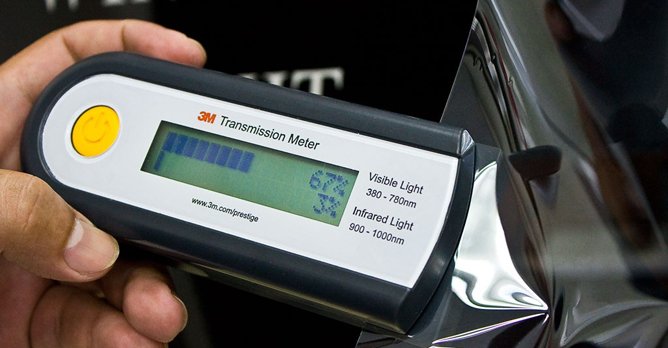
Hybrid films: These films combine the elements of both dyed and metallic films, achieving the best of both worlds. With this technology, you can get films that are not too dark and yet able to block out more radiation and heat.
Ceramic-based films: Produced in a similar fashion to metallic films, these films are sputtered with nano-ceramic particles. As the ceramic particles are not metal based, they do not interfere with radio and electronic waves from devices such as mobile phones and GPS systems.
Myths regarding solar films
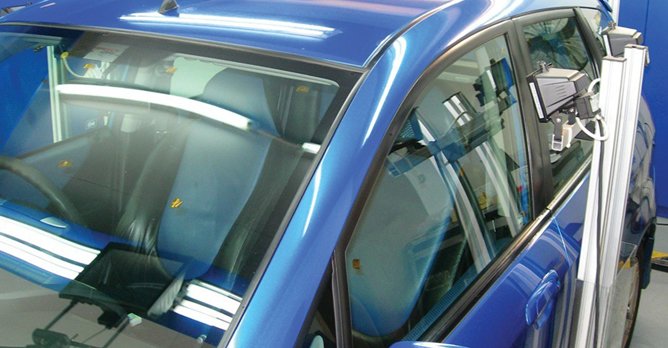
Another common myth is that all solar films will discolour over time. That might be true in the past where dyed films were first introduced. Current high quality films are protected by ultraviolet inhibitors which are able to effectively prevent discolouration.
Some believe that more expensive films are a waste of money as there are little to no differences. However, there are many different types of solar films made with different materials and processes, resulting in different performance and price.
Benefits of solar films
With Singapore's climate, most will tell you that solar films are an absolute necessity, and we are inclined to agree.
Solar films are not only able to increase comfort by keeping the interior of your car cooler. Solar films also block out harmful UV rays which can damage the interior of your car over time, causing fabric to fade and leather to crack. By reducing the glare from the sun, solar films can also greatly increase comfort and safety when driving in the day.
A less known benefit is that most solar films are tough and has strong adhesive, which lends them the properties of security films. In the event of an accident, the solar film might be able to hold the shattered glass together, minimising danger and injuries.
Here are some related articles that might interest you
6 recommended solar film companies with the best reviews
Solar films - A better understanding of it
Solar films - Why are they important to your car?
Recommended car accessory and car camera workshops to make your car practical
Here are 8 car accessories & audio workshops that are open even on Sundays
Does your car need an effective solar film? Check out these professional merchants that can help keep the heat out of your ride!
Almost everyone knows what solar films are, "yeah, solar film, I know that, those thin plastic films to darken car windows and keep the sun out." But this is pretty much the extent of most people's knowledge on this amazing invention.
If you fit that description, no worries, this is the time for you to learn everything you should know about solar films and, hopefully, learn how to choose the right one for your car as well.

History of solar film
Long before solar films were invented, tinted glass panes were used for similar purposes. The first solar film was introduced in the early 1960s. These were simple dyed films which had the tendency to discolour and bubble in the sun, but unsurprisingly these crude films were also incapable of reflecting heat away.
In 1966, solar films with metallic coatings added to clear polyester were invented. This created films which were able to block harmful UV rays and heat. However, most of these films were simply clear films. Shortly after, In the late 1970s, dark tints became popular for privacy purposes. You can find them commonly used on limousines that plied the streets of the United States. While dark tints are great for privacy and some prefer the looks of them as well, they often hamper visibility.

Such hybrid films are still utilised till date, with different companies coming up with their proprietary techniques and processes to further improve the films.
A more recent development are ceramic films which claims to offer even better performance than the hybrid films. As ceramic films do not contain metallic substances, they will not block out wireless signals.
How solar film works
Solar radiation is made up of three components, visible light, infrared (felt as heat) and the invisible ultraviolet rays. This means that keeping the heat out is not as simple as blocking out visible light, which is why darker films are not necessarily better at keeping a car cool.
Solar films are able to keep the inside of your car cooler by minimising the amount of radiation that enters through the windows.Hence, this is why you will often notice that solar films effectiveness are being assessed by their UV, infrared rejection rate, as well as Total Solar Energy Rejected (TSER), and not solely based on their Visible Light Transmission (VLT) values.
Types of solar films
'Factory Tint': This is not exactly a solar film, instead, the glass panes are dyed during the manufacturing process to achieve a darker shade, and it doesn't provide any UV or heat rejection.
Dye-based: These films, as the name suggests, are simply polyester film that are dyed with colouring pigments to achieve a tint. While dyed films are usually low cost and available in many different shades, they tend to discolour under long term exposure to UV radiation. Additionally these films are unable to block the UV, infrared radiation and heat from the sun.
Metallic films: Metallic films are usually made with a sputtering process, which coats the film with an extremely fine layer of metallic compound. Such films are highly effective at blocking and reflecting radiation from the sun.

Hybrid films: These films combine the elements of both dyed and metallic films, achieving the best of both worlds. With this technology, you can get films that are not too dark and yet able to block out more radiation and heat.
Ceramic-based films: Produced in a similar fashion to metallic films, these films are sputtered with nano-ceramic particles. As the ceramic particles are not metal based, they do not interfere with radio and electronic waves from devices such as mobile phones and GPS systems.
Myths regarding solar films

Some believe that more expensive films are a waste of money as there are little to no differences. However, there are many different types of solar films made with different materials and processes, resulting in different performance and price.
Benefits of solar films
With Singapore's climate, most will tell you that solar films are an absolute necessity, and we are inclined to agree.
Solar films are not only able to increase comfort by keeping the interior of your car cooler. Solar films also block out harmful UV rays which can damage the interior of your car over time, causing fabric to fade and leather to crack. By reducing the glare from the sun, solar films can also greatly increase comfort and safety when driving in the day.
A less known benefit is that most solar films are tough and has strong adhesive, which lends them the properties of security films. In the event of an accident, the solar film might be able to hold the shattered glass together, minimising danger and injuries.
Here are some related articles that might interest you
6 recommended solar film companies with the best reviews
Solar films - A better understanding of it
Solar films - Why are they important to your car?
Recommended car accessory and car camera workshops to make your car practical
Here are 8 car accessories & audio workshops that are open even on Sundays
Does your car need an effective solar film? Check out these professional merchants that can help keep the heat out of your ride!

